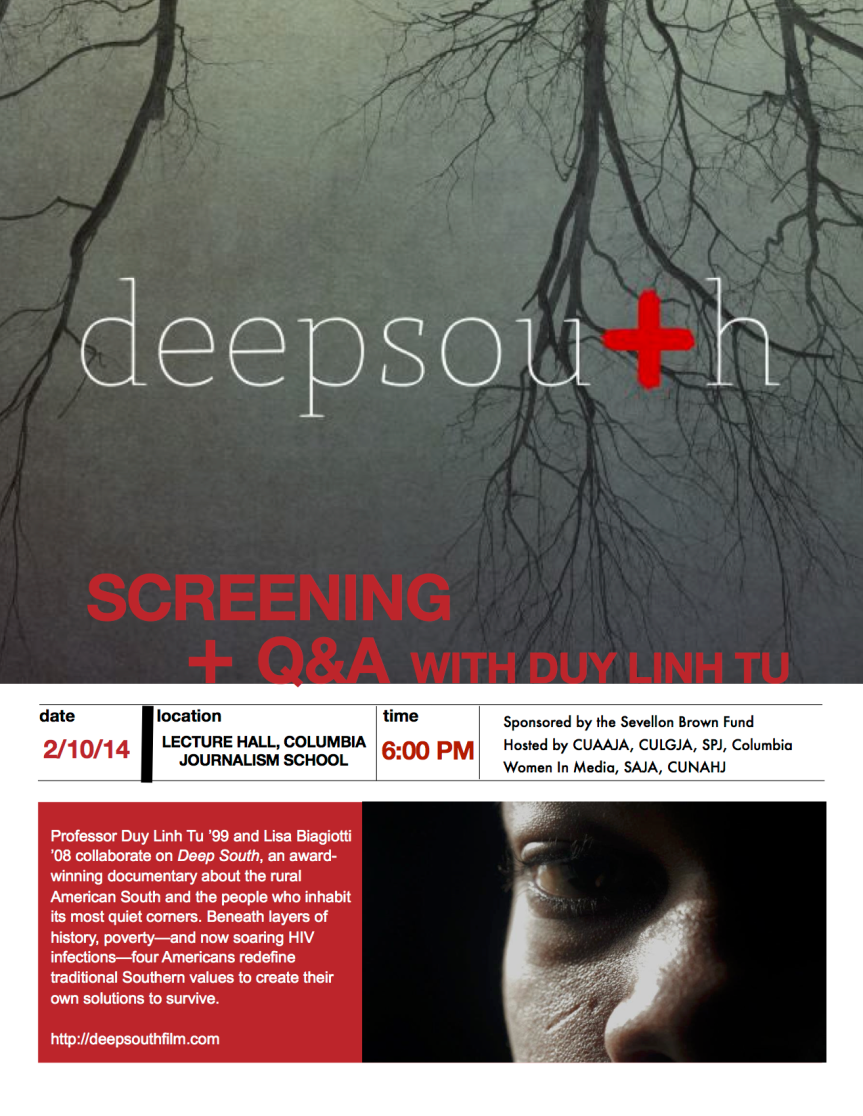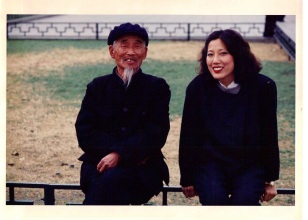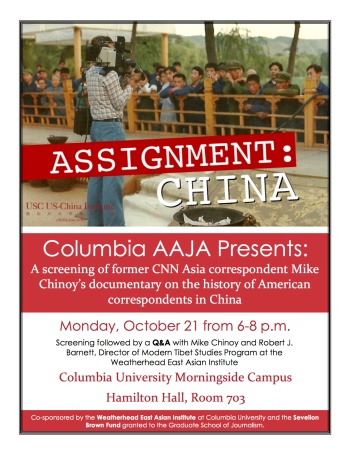By Reena Diamante for NY City Lens

On Topping Street in the New Dorp neighborhood of Staten Island an uprooted tree crushes a small home, units away from Joseph Ingenito’s house during Hurricane Sandy. (Evan Burgos/NY City Lens)
For most families in New York, the living room is the heart of a home. For the Ingenitos, who have lived in their house on Topping Street, a few hundred feet from New Dorp beach on the east side of Staten Island, it certainly was. But, the Ingenitos’ living room has lost its cozy feeling. The room, along with the rest of the first floor of the house they have lived in for the past 20 years, now feels cold and hallow.
The leather couches and reclining chair that used to be here are gone. Sand and seawater ruined the once shiny hardwood floors and the 52-inch television set that graced the living room is no longer functional. A stack of old family portraits, some broken, lay piled on a wooden chair, a bundle of soaked clothes sit in the linen closet. Not much is left.
“Everything’s ruined,” said Joseph Ingenito, who lives here with his wife, two sons in their young twenties, and his 16-year old daughter. “The water flooded my house. I had like 12 to 13 feet from the basement to the top floor.”
The Ingenitos’ residence is one of the many flood-ravaged homes in the New Dorp neighborhood of Staten Island. Down the block, a huge, uprooted tree crushed a small home and on the corner, another house looks like it imploded, leaving only shattered remains. Across the street, the smell from the insulation piled on the curb makes it hard to breathe.
All around the neighborhood, debris and damaged belongings fill the streets, which now look like dirt roads. Trucks and bulldozers worked to remove it all on Sunday. And sanitation workers have already taken away most of the ruined items of the Ingenito’s home.
From the outside, the family’s home does not seem nearly as damaged as some of the other homes on the rest of the block. It is tucked behind a tall white fence that remains intact. An American and Italian flag still wave on the post.
The real damage is what cannot be seen from the street. Walking through the first floor, only sports pennants, photographs and concert posters remain in the boys’ bedrooms.
“My sons lost everything,” said Ingenito. “Their beds are gone, all their clothes.” He added that everything they were wearing on Sunday were clothes given to them from others. “Thank God my daughter and my wife’s rooms are on the second floor,” he said. “The upstairs, [it’s] the only thing we got left.”
Although the family was told to evacuate, Ingenito said he and one of his sons stayed. After living near the Staten Island coast for more than two decades, he said his family had experienced storms before, such as Hurricane Irene last August, but the effects of Hurricane Sandy shocked them.
“We didn’t think it was going to be anything like this,” he said. “Last time we got hit, it went up. [But] I only had basement water.”
Ingenito and his son abandoned their home when they quickly realized how fast the water was rising. He held up his hand just under his waist to show how high the water got.
“I walked out here, checked, looked down the block to see if there was water. There was no water,” he said. “Five minutes later I came back out and the water was at my gate coming up the front steps. That’s how quick it hit us.”
Ingenito said he and his son practically swam to escape in their truck, but they still managed to drive inland to stay in his sister’s house.
He pointed to a neighbor’s yellow house across the street. Blended dirt and water revealed a faint line on the perimeter of the home.
“You see the water mark on the house? It was over this fence. That’s six feet, right here,” Ingenito said. “We would have been submerged right now.”
Ingenito’s wife, Debra, wears a mask to cover her mouth and nose, because she has an autoimmune disease. She said she knows really should not be around New Dorp, but she said she grew up just five blocks away on Neptune Street.
“Never did we ever get water down there and they got water,” she said. “I’ve never ever seen anything like this, ever in my life. It’s crazy.”
The Ingenitos consider their neighbors, family. She said people in their community even called her husband, “Papa Joe.”
“Just seeing the devastation when I went in the house, I mean I didn’t even cry. I was just like dazed,” Debra Ingenito said. “Then, as I went to see my other neighbors’ places, I broke down.”
Her husband said food and clothes donations have helped the family cope with the disaster. Along a nearby Cedar Grove Avenue, members from around the community have volunteered their time providing supplies to their neighbors. The American Red Cross, other volunteer organizations and the Federal Emergency Management Agency were stationed at New Dorp High School, a few blocks away.
“Everybody sticks together. Everybody was helping each other. Still are,” he said. “People from out of town are coming to help. I had people I didn’t’ even know asked me yesterday to help me bring out furniture. It was an Irish gentleman from Queens. It was beautiful they came out of nowhere. They were like sent from God.”
The basement is still flooded and inaccessible, said Ingenito, and the family’s morale is still low. They hope insurance will cover the damage. But even with the devestation, he insists they will not leave New Dorp.
“We got hit very hard,” he said. “But I’m not moving. I am rebuilding and I’m staying. We’ll buy a rowboat and leave it in the yard. That’s the truth.”
A week after the storm, the Ingenitos feel grateful that they are still alive and safe.
“You know what the main and important thing is that my family is safe and my pets are safe and you know what you see is just material,” Debra Ingenito said. “You could just fix up. Do what you got to do and move on with your life. You can’t get yourself upset over you know material things, because your life is more important.”
But, even Hurricane Sandy could not dampen one family tradition: hanging a special Thanksgiving pennant, a photograph of one of the family’s Boxer dogs, in front of the house. Her husband hung up the flag Sunday morning.
“I still hung up my Thanksgiving flag,” said Ingenito. “No matter what, because we’ve had Thanksgiving every year at my home but this year.”






















